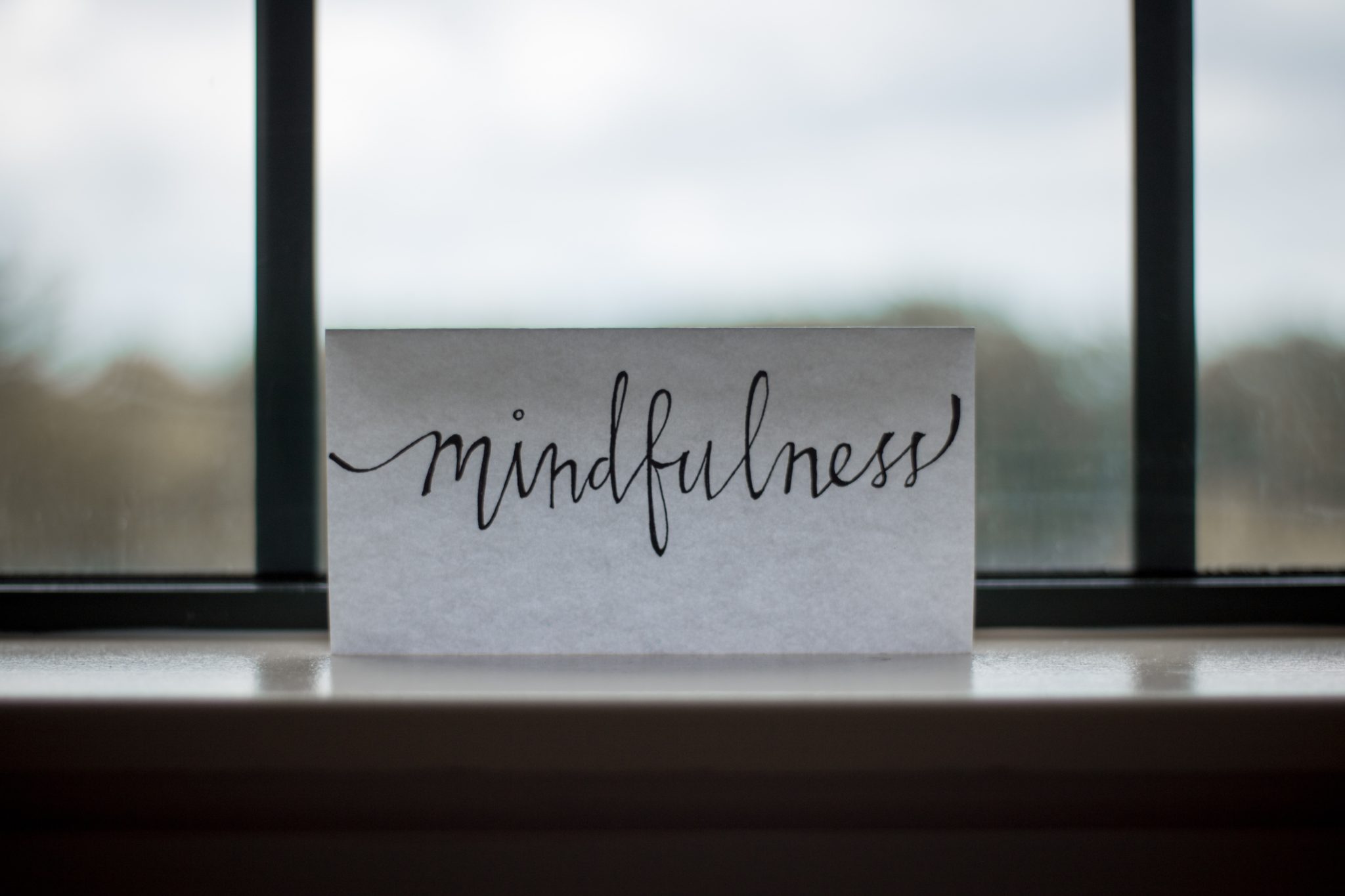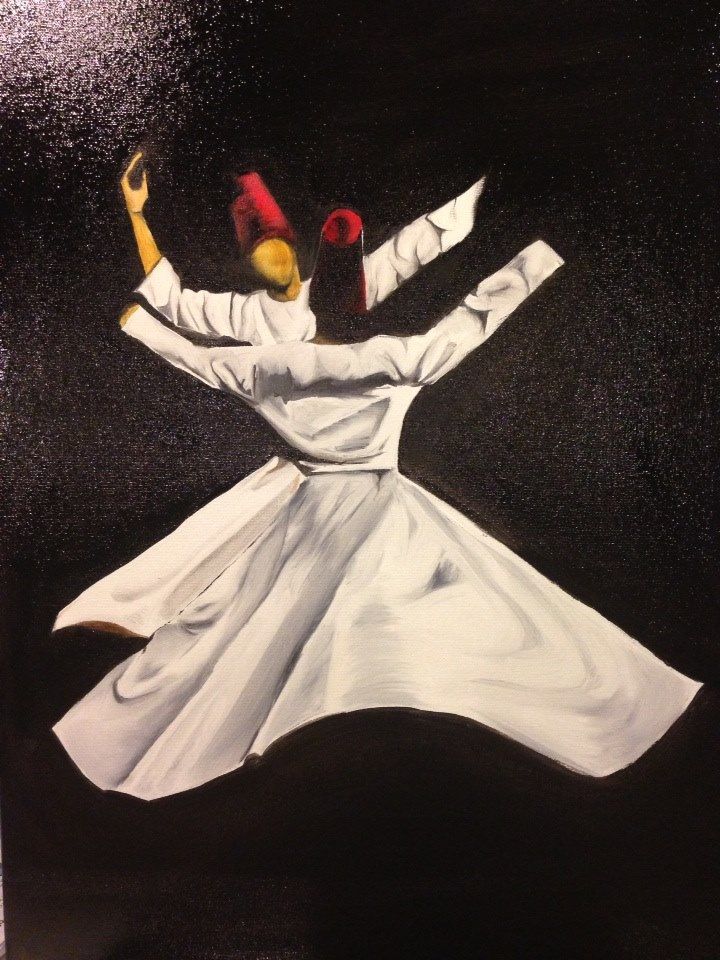Meditation has been practiced in India and other Asian countries for thousands of years. The ancient sages and seers devised many meditation techniques to still the mind and to realize the higher state of consciousness. Meditation may be an ancient technique but its efficacy has not decreased with age. More than ever, people feel a need for a technique that can calm their minds and bring harmony both within and without. This is the reason for the evergrowing popularity of meditation all over the world.
Different people practice meditation for different reasons. Some want to overcome stress and anxiety. A few want to increase their concentration and alertness to details. While others want to experience inner peace. Also, there is a growing legion of meditators who are devoting their entire life in the pursuit of higher truth.
To know more about benefits of meditation read SoulGuru’s article Rewire your body and mind through meditation
Types of Meditation
There are hundreds of meditation techniques to choose from. In this article, our endeavor is to introduce you to different types of meditation techniques along with an analysis that can help you to choose a meditation practice best suited to your temperament and personality. In the subsequent articles, we would take up each meditation practice in detail.
Om Swami, a realized mystique in his book, A Million Thoughts has broadly classified all the meditation techniques into 5 categories – Concentrative meditation, Contemplative meditation, Mindful meditation, Observant Meditation and Spirited Meditation
Concentrative Meditation
In concentrative meditation, you fix your attention on an object of concentration be it breath, mantra, heartbeat, sound or the image of your favorite God. The idea is to still the mind to enable it to hold focused attention for long periods of time. By doing so the meditator can quiten his body and mind. It is only after achieving stillness of body and mind can a person hope to realize higher dimensions of life. It requires years of practice to master concentrative meditation technique though one can start getting benefits of increased concentration and awareness even after 10-15 minutes of consistent daily practice. Trataka, Mantra meditation, breath meditation are all examples of concentrative meditation.
How to practice
- Sit in a comfortable posture, preferably cross-legged. You can even sit on a chair with your legs down.
- Keep your back and head straight, neck slightly bent.
- Close your eyes and focus on your object of meditation like breath or mantra.
- Your mind would stray, don’t worry just keep bringing it back to the object of focus.
- Do not judge your thoughts.
- Over time you can develop razor-sharp awareness.
Practice first for only 10-15 minutes. Gradually, when your focus deepens, you can sit for a longer time.
Contemplative Meditation
Contemplative meditation begins after one has acquired reasonable stillness of body and mind. This kind of meditation helps one to see things as they really are. One can gain remarkable insights into the true nature of one’s existence and acquire the ability to go beyond mental conditioning. Contemplative meditation crystalizes into the state of pure presence, the ultimate aim of all meditative practices. For a true seeker, a combination of both concentrative and contemplative meditation is required. Ramana Maharishi’s Who am I meditation is a prime example of contemplative meditation.
How to practice
- Sit comfortably.
- Take a few deep breaths.
- Start the process of contemplation.
- Ask questions like – are you your body? Are you a father, mother, daughter or son? ……
- Keep asking these questions till your mind clears up. It is a long road to self-inquiry.
- You would realize that all the mental constructs melt away with this meditation.
Mindfulness Meditation
Every day each one of us performs hundred of mundane activities without using our intellect or intelligence. All these mundane activities can become the object of meditation if done with active awareness. Mindfulness meditation requires active awareness to become part of our existence. Complete awareness of the present moment is the key to mindfulness. Mindfulness in meditation is not a state of passive receptivity of observing one’s thoughts alone but observing within a non-judgemental way. When one nurtures active mindfulness in meditation, contemplative mindfulness emerges automatically.
Mindfulness is a part of many Buddhist meditation techniques such as Vipassana. It is an English translation of Pali word Anapanasati. Mindfulness meditation caught the imagination of people especially in the West because of the efforts of Zen Master Thich Nhat Hanh. Inspired by this system of meditation in 1979 John Kabat-Zinn developed a Mindfulness-Based Stress Reduction Program better known as MBSR that is practiced in thousands of clinics and medical centers world over.
How to practice
This practice does not require you to sit in any posture or take deep breaths. You need to keep asking yourself as to what am I doing right now? The idea is to remain in the present moment, to be aware of what is happening at this very moment and not live in an automatic mode. If you are talking pay attention to the words and sound. When listening, listen with presence and attention. While walking, be aware of your body movements and sensations. Within a matter of weeks, you will find yourself calmer, sharper and more alert.
Observant or Witness Meditation
Observant meditation is all about watching your thoughts in the most dispassionate manner possible. All thoughts -good or bad, right or wrong, moral or immoral, loving or hateful- are just thoughts. Once you start watching your thoughts, they begin to disappear, leaving you calm and blissful. It is very useful in pacifying the mind. Observant meditation allows you to downplay the role of individual ego. You will be amazed to see how quickly your reactions to situations has changed. This meditation can be done even when you are agitated or stressed. Unlike other meditations, it does not directly improve your concentration or memory. But with the calmness that it brings you may end up being more productive at whatever you do.
How to practice
- Sit in a comfortable posture preferably crosslegged. You can even sit on a chair with your legs down.
- Try and keep your back straight.
- Take a few deep breaths and close your eyes.
- Remind yourself that you are simply playing the role of an observer.
- Continuously be present to your thoughts as they come and go without getting involved.
- Slowly the gap between thoughts would increase.
- You can gradually step out of your mind, ego and body to see the world for what it is, transient and illusory.
Spirited Meditation
Spirited meditation, also known as active meditation allows you to get rid of the excess physical energy in your body. In this meditation rather than sitting still in one posture, you do the opposite, you dance. Sufi Whirling dervishes performing a dance called the sema or the devotees dancing away to glory at an ISCON temples in Chaitanya Mahaprabhu’s kirtana tradition are the examples of spirited meditation. Sema is a religious dance performed to express emotion and achieve the wisdom and love of God. Unlike regular dance forms in spirited meditation, you are entirely focused on a sense of mindfulness and on your breath. The idea here is to surrender to higher powers and rise above your body consciousness. This form of meditation is about providing an outlet to your physical energies resulting in a complete and total harmony of your body and mind.
How to practice
To practice, you will need a piece of music that starts out low, builds to a crescendo and then flows gently like a river. Put on the music
- Take deep breaths and loosen your body
- Start dancing to the rhythm of the music
- Pay attention to your breath
- When the music builds up, just dance with abandon without care of how you look while dancing. Release all the energy inside you
- As the music slows down, you also slow down. You forgive, your surrender, you let go.
- Experience lightness of being
- When the music stops, simply lie down on your back in shava-asana or corpse pose and watch your breath and sensations.
Spirited meditation is a wonderful way of releasing the pent-up energy in the most meditative way possible.





